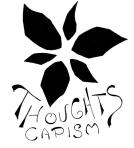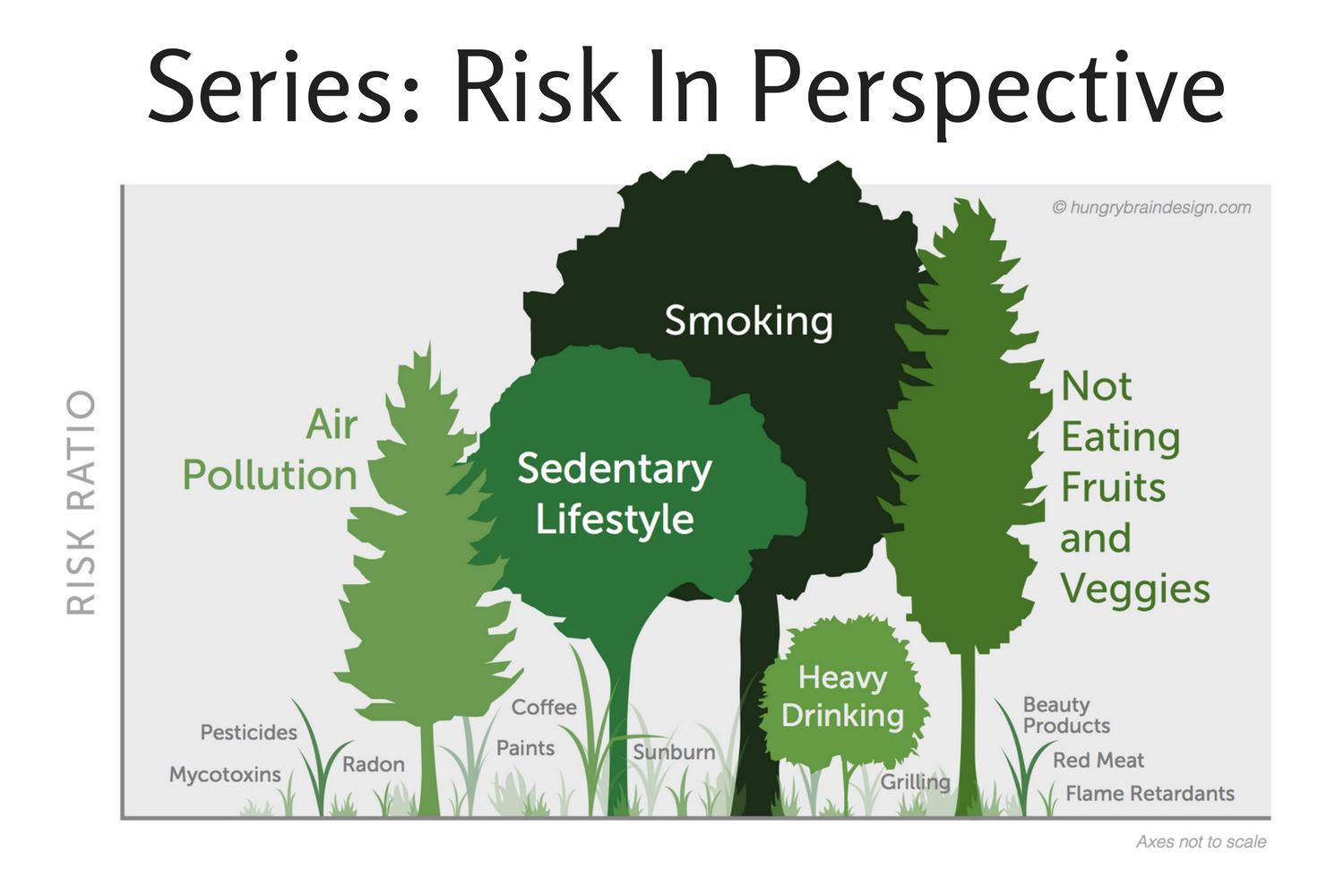
I first saw the giant inflated bubble-igloos at the COP23 area at night, illuminated from inside with a green and violet light, giving them a sort of futuristic bouncy castle -vibe. The circus-sized igloos were to be the location for the UN Environmental Program’s (UNEP) Sustainable Innovation Summit (SIF) – the largest official side event of COP23. This was a major event for tech companies to present their ideas about how to steer the modern society in a direction that would help protect the planet and mitigate climate change.
This was not something for the general public – with tickets 1000 dollars a piece (500 for NGOs), the two day event, a few hundred meters from the official Bula Zone of the Bonn conference, was definitely industry centric. But not just any industry.
The UNEP had selected those it deemed most suitable for its sustainability goals. With that in mind, you might find it surprising that car and coal power companies were not only among the event’s participants, but among their gold sponsors, with their names displayed all over the event. Granted, it is hardly realistic to believe we could do away with all cars or all coal power plants tomorrow (sentiment echoed by many among the controversial US panel on energy), and while these technologies are here, it can be argued that it would be irresponsible not to make an effort to seek developments that can minimise their environmental harm. I don’t have a problem with that, as long as we also commit to moving away from fossil fuels, and our efforts will result in an actual large scale reduction in pollution and carbon emissions, not merely gestures of good will.

Kirsty Gogan from Energy for Humanity, one of the authors of the Climate Leadership report. Graphic and copyright, Klara Ingersoll.
I don’t object to giving these industries a seat at the table as well. Every technological sector has room for improvement (say, the gold sponsor BMW, while among the lesser offenders, long had more than double the NOx emissions their regulatory tests suggested – read more about the dieselgate, on how car sensors were rigged to give false readings). We are in need of a wide variety of innovations to can help us fight climate change, protect human health and wellbeing, as well as that of the environment.
I am inclined to think that an open discussion about these industries’ past, present, and future realities can indeed facilitate change in a better way than simply shutting them out of the conversation. UNEP seems to think so too.
Unless the industry in question is the world’s second largest provider of carbon-free energy.
In that case, the UNEP strikingly sees no place for open discussion about any part of their past, present, or future at their forum. Half a century of documented, reliable, carbon-free energy production is not something the UNEP values enough to allow nuclear power (of the present or the future) even a low-profile participation spot at their summit.
Technology that can rid us of nuclear weapons and nuclear waste? No go, says the UNEP. Building small reactor suited for decentralised energy supply? Nope, nope. Quickly adapting modular reactors that can support the deployment of renewable energy? No way. Don’t want to hear it. The UNEP prefers to put their fingers firmly in their ears and go ‘la la la.’
UNEP’s biased inner workings
Not quite everyone at UNEP shares this peculiar view – or that is the conclusion I must draw, considering that when the World Nuclear Association (WNA) first offered to pay 68 000 dollars to sponsor the event, in order to reach out to other fields with sustainable goals and to present their perspective, people at the UNEP considered this to be perfectly appropriate.
Everything was in order and all that was left was to write the final signatures and transfer the money. But it never happened. At this point someone higher up must have stepped in (Erik Solheim, the director, is a good candidate – he rejoices the rejection of nuclear power on his personal twitter, happily ignoring what IPCC says about us needing all low carbon energy forms). Suddenly UNEP rescinded the agreement. They offered WNA a low-profile 12 000 participation instead. But not for long – very soon that became an unacceptable thought for someone within the UNEP as well. It quickly turned into a blank ‘no thank you, go away’, to the energy form with the greatest potential for, and fastest proven historical track record of decarbonization. You can read more about it over at Bright New World: UNEP’s institutionalised energy discrimination is placing our future at risk.
This move makes me deeply ashamed to be part of any of the nations that have united under UN’s banner in the hypocritical name of an ‘Environmental Program’. I and all the citizens of the world deserve better. UNEP picking personal favourites instead of relying on the best evidence on solutions to the biggest environmental threat in human history just does not cut it.
I am not alone in this view. To give UNEP a chance to realise their mistake, several environmental organisations, together with the world’s arguably most prominent climate scientist James Hansen wrote an open letter to the UNEP. The petition created by Generation Atomic gathered more than a thousand signatures within the space of days. They, the Bright New World, Energy for Humanity, Ecomodernist Society of Finland, Mothers for Nuclear, Environmental Progress, and the African nuclear development forum Thyspunt, appealed to the UNEP to make them see that nuclear deserves A Seat at The Table.
Is anyone surprised to hear that the UNEP did not care?
Enter grass roots action

We brought our own table. Wolfgang Denk (standing), Taylor Stevenson, Ben Heard, me and Eric Meyer.
While the big bureaucracy machinery of the UN picked and chose its favourites of the corporate world, holding up appearances of sustainability inside, a handful of environmentalists took up the dropped cause of climate mitigation outside in the cold. Working late into the night in their messy airbnb meant to accommodate less than half their number, buying furniture from IKEA across the carnival-jammed city (huge props to Sam and Grant), carrying projectors and screens and tables and croissants in taxis and trams through Bonn in the dark of night to avoid over-zealous security stopping us before we could even start, we set up the only table that served the radical idea of relying on evidence on actual climate mitigation power.
We talked to a lot of people at our table, and it was a positive experience to realise that many people just don’t know much about nuclear power – it is not that they are irrevocably entrenched, like the very loud and angry minorities I’d met before. They were cautious and curious. One man did laugh in our face about our recount of the WHO information on Chernobyl, instead making comments about children without arms, but he did take my flyer on nuclear accidents, and promised he would check the WHO website (Chernobyl resulted in no congenital effects).
A class of students sat down and listened to the speeches by Ben Heard, director of Bright New World, and Kirsty Gogan and Wolfgang from Energy for Humanity. I was very impressed by Kirsty’s manner: never raising her voice, she had a calmness and clarity of speech that immediately made you listen with care (example here).
She and Wolfgang summarised in their brand new report European Climate Leadership the metrics that matter: not the theoretical or wished-for impacts of various campaigns, but the actual current carbon emissions per unit of energy produced in the countries across Europe.
The simple, accurate, and inconvenient truth.

Climate leaders? Norway, Sweden, France, Switzerland, Finland, Belgium. Laggers? Germany, Bulgaria, Turkey, Croatia, Greece, and on last place, Poland.
Inconvenient why? Because nuclear power produces half of the carbon-free energy in Europe. Out of the top six green countries, five (Sweden, France, Switzerland, Finland, and Belgium) rely largely on nuclear power for their supply of clean energy. The other important source is hydro power, and the top green country, Norway, is blessed with plenty of mountains and flowing water. Mountains and waterways, unfortunately, are not a resource that can simply be extended without environmental consequences, or beyond a point where all the major flows are harnessed (in Europe not many untapped resources remain).
Most people we talked to could not guess outright that the most decarbonised countries in Europe relied largely in nuclear power.
Some people who came by, on the other hand, were very aware of the achievements of nuclear power. I was very happy to meet Lenka Kollar, a young nuclear engineer and a panelist at the intense US energy presentation at the COP23 that same evening, representing NuScale (a company that builds small modular reactors). She stopped by and shared her disappointment about UNEP’s blanket rejection of nuclear sector at their summit.
We also talked and took photos with Dr. John Barrett, the president of the non-profit Canadian Nuclear Association, a genuinely warm and friendly gentleman, whose enthusiasm was most infectious to listen to, as he told us more about the exciting future of small molten salt reactors using old CANDU fuel rods for carbon-free energy.

Me, Dr. John Barrett, Taylor Stevenson and Kirsty Gogan. I’m holding a copy of Nuclear Science & Sustainable Development.
I got hold of a copy of their brochure Nuclear Science & Sustainable Development about the seventeen UN sustainable development goals formulated before COP21, nine of which nuclear science can help the world meet.
We told him that we were deeply impressed by Ontario becoming completely decarbonized, and regretted the fact that the Canadian’s were too polite to loudly proclaim the value of their achievement.
UNEP rejects report on decarbonisation
We also made the effort of initiating open discussion about the actual state of European decarbonisation with the participants of the summit, respectfully handing out free copies of the European Climate Leadership Report 2017 at the entrance to the event.

Eric Meyer from Generation atomic, Kirsty Gogan from Energy for Humanity, and me at the entrance of the Sustainable Innovation Summit. Photo and copyright Klara Ingersoll.
Many people showed interest, received their copies, and also stayed a moment to discuss the data with us. The UNEP organisers appeared soon after, very grim, and told us to leave or they would have the security escort us away.
We did not try to make a scene. We were not interested in picking a fight, we only wanted polite, sincere discourse. When that was denied, we politely walked out. We couldn’t understand why the UNEP would not think that the world’s most pressing issue would not warrant looking at the actual evidence. We tried our best to open lines of discussion in a friendly, rational way.

The organiser (left) is NOT happy. Being kicked out in excellent company: Taylor Stevenson from Generation Atomic, Ben Heard form Bright New World, and Kirsty Gogan from Energy for Humanity. Photo Klara Ingersoll.
Many people were receptive to that message, but the UNEP did not want to hear any of it.
As Ben said: it’s like having a friend ill with cancer, who won’t stop smoking cigarettes and keeps refusing to discuss treatment. How far do we have to go before we can make our friend see that the cancer is spreading, and while they are refusing the treatment it will only get worse?
Only in our case, sadly all of us will suffer the consequences.

Ben Heard from Bright New World, me, and Eric Meyer from Generation Atomic, sitting down to talk. Infographic by Klara Ingersoll.
If there ever was a topic that warranted another good look at the evidence, this is it. Scientists, environmentalists, and private citizens the world over are waking up the realization that nuclear energy is one of the most important tools at hand for protecting ourselves and the beautiful earth we live on. When we all speak up, the others will have to listen.
We simply cannot let them shut our future out of the discussion.

For more of my articles on climate and energy, and my experiences from Bonn, look here. Even better idea, however, is to read the short, evidence-dense book Climate Gamble or browse the graphs in their blog. If you would like to have a discussion in the comments below, please take note of my Commenting policy. In a nutshell:
- Be respectful.
- Back up your claims with evidence.



Very glad you are reporting this event in such detail. I wish I could have been there. You have managed to condense a lot of important topics. Perhaps the worst is the hypocrisy that dominates the climate summit conferences. It’s clear that powerful forces are interfering with nuclear energy and pronuclear advocates.
LikeLiked by 1 person
Hello and thanks! Your comment was automatically posted here in the comments section however, so it is public. Would you like me to remove it?
(The About me -section has a feedback field for not-public comments.)
LikeLike
Yes, please.
LikeLike
Can’t thank you and the other folks at the Real World table for being there. Bias against nuclear is a topic that needs much more consideration. It has been curious to watch in Ontario since ’09 when we made a large change in direction grid wise. The Green Energy Act came out that fall. It dismissed a Long Term Energy Plan that called for two new reactors to be built to replace 4 aging units and instead initiated an extremely aggressive RE FIT program.
It was clear that aborting those builds was going to result in increases emissions and more NG reliance in the long term. Gov’t documents eventually showed that, but the various stakeholders and environmental groups had already been prepped by the gov’t and what happened was a mi-representation of fact like we have never seen before.
Nuclear may suffer from the fact its too effective. The stakeholders that benefit from a reactor build in Ontario for example are significant, but dwarfed by those who see opportunity in replacing it with natural gas, bio-mass, PV, wind, hydro, storage, smart grid tech and even landowners looking to rent or sell to RE developers. The inefficiency of renewables actually works for it in that it takes a ridiculous amount of technology, resources and manpower to achieve what one reactor will do. That’s the jobs, jobs, jobs claim of RE supporters.
The gov’t and stakeholders have done their best to confuse the issue of both price and what actually replaced coal here. Electricity rates predictably spiked as the GEA rolled out and the wholesale market fell apart with costly sell offs as toxic amounts of ill timed wind were dumped on line. But still the “green” NGO’s issued “reports” that dishonestly directed blame to nuclear for increased cost while advocating for NG and more RE instead.
Right now the gov’t is running public forums http://www.ieso.ca/en/get-involved/regional-planning/regional-electricity-forums/forums-overview explaining their newest energy plan that they describe as “providing choice”, but looks more like encouraging everyone to put 4kw of PV on their roof. Not a great investment with our low solar capacity factor and much cleaner nuke/hydro system and it will certainly lead to more NG use long term, but its not now and never was about a cost effective emissions reduction plan.
It strikes me as being much like the debate 100 years ago about cities and whether they should be designed around cars or public transit. Cars won, not because it was more efficient, in fact much the opposite, but there was seen to be more “opportunity” for money to be made by industry and therefore gov’t and damn the environmental impact.
LikeLiked by 1 person
Just to follow up on the UN’s 17 Sustainability Goals.
https://www.iaea.org/newscenter/news/how-iaea-will-contribute-sustainable-development-goals
LikeLiked by 1 person
Pingback: UNEP’s Narrow-minded Views on Innovation | Thoughtscapism
Thank you for the report, Iida.
Andrea Müller
LikeLike